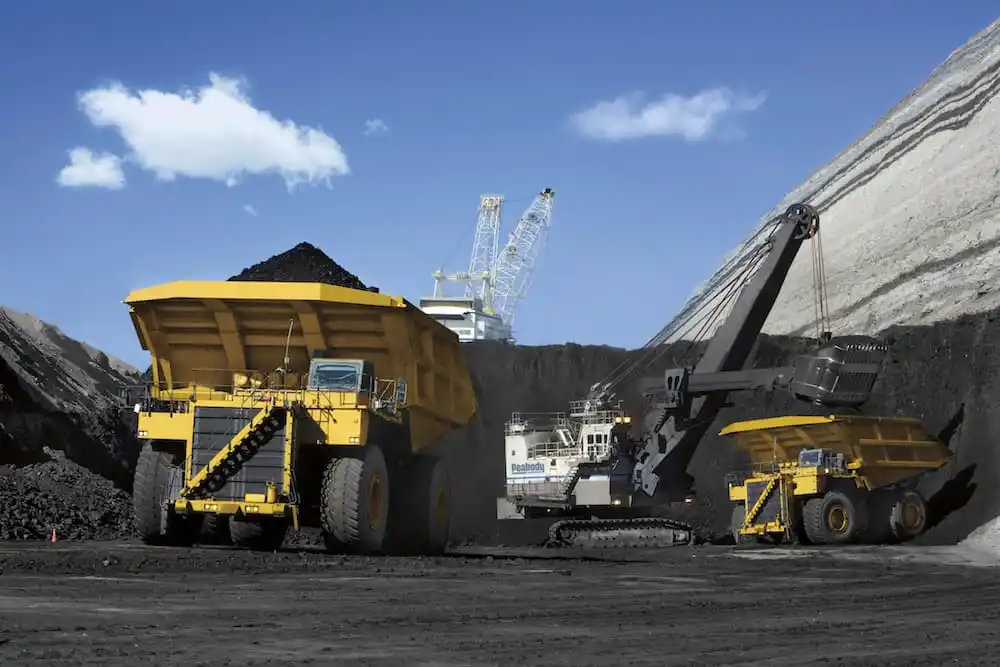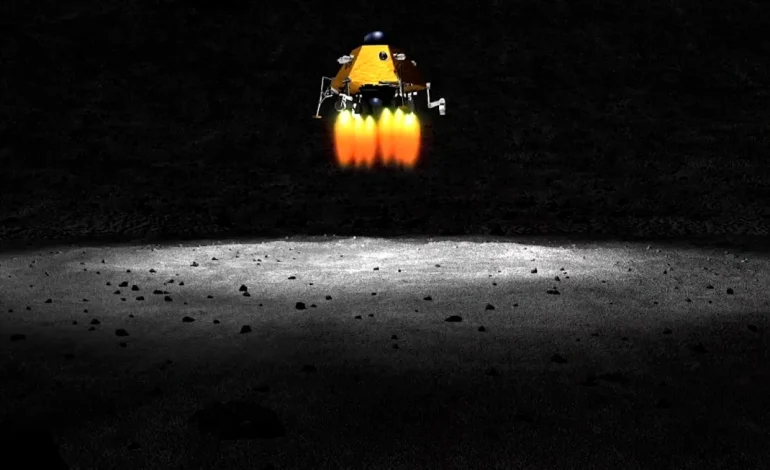As part of its ambitious space program, China plans to send a robotic “flying detector” to the far side of the moon in 2026, aiming to locate frozen water that could prove crucial for future lunar exploration, CNN reports.
The deployment is slated to occur during the Chang’e-7 mission, a key step in China’s goal of landing astronauts on the moon within the next five years, according to state media.
The lunar south pole will be the target for the robotic scout, which will be part of a larger mission that includes an orbiter, a lander, and a rover, all designed to comprehensively survey the area.
China has been aggressively expanding its presence in space, an arena increasingly recognized for its scientific potential, as well as its strategic importance for resources and national security. This effort positions China as a major contender alongside nations like the United States.
While the existence of water on the moon has already been established through previous missions, including findings from China’s Chang’e-5 lunar probe, NASA, and Indian spacecraft, scientists believe that water ice, potentially preserved in deep craters on the moon’s far side, holds the most promise for supporting future lunar missions. This ice could serve as a vital water source for astronauts.
The hunt for lunar ice is a critical component of China’s plan to construct a research base at the moon’s south pole, according to Chinese space experts speaking to state broadcaster CCTV. Securing access to ice deposits could dramatically reduce the cost of future space missions by providing a sustainable source of water and potentially indicating the possibility of extraterrestrial life.
In recent years, the China National Space Administration has undertaken increasingly complex robotic lunar missions, including the historic return of lunar samples from the far side of the moon.
China aims to become the second country to land astronauts on the moon, targeting a crewed mission “by 2030.” The Chang’e-7 mission in 2026 will be instrumental in achieving this goal, conducting a detailed survey of the lunar south pole with its comprehensive suite of instruments, including the innovative flying detector.
Chinese experts told state media that the unique flying robot can bend its legs and land in a manner similar to humans jumping from a height, although the exact number of legs was not specified.
The device is designed to perform at least three leaps from sunlit areas into shadowed craters to analyze the terrain and potentially pinpoint the location, quantity, and distribution of ice.
Studies have shown that lunar ice is most likely to be found in the darkest and coldest regions at the poles, within the shadows of craters where sunlight never penetrates due to the tilt of the moon’s axis. Temperatures in these areas can plummet to as low as negative-250 degrees Fahrenheit.








